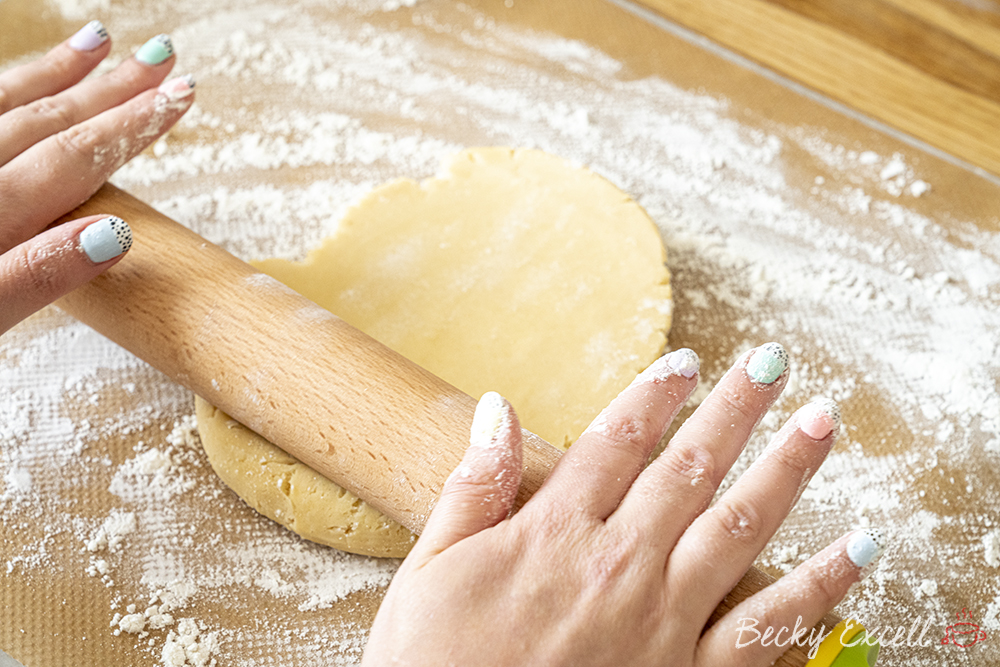Did you know that preparing safe gluten-free food actually begins when you’re still in the supermarket? It also continues when you get home and put everything away into their new homes too.
Fortunately, with a little knowledge under your belt, preparing safe gluten-free food is as quick and easy as 1, 2, 3!

1. Do any of the ingredients or products used have any gluten-containing ingredients or relevant allergen warnings?
First of all, triple-check the ingredients list on any products used to ensure that they don’t have any gluten-containing ingredients or relevant allergy warnings. Here’s a list of common sources of gluten that you’ll need to avoid:
- wheat
- barley
- rye
- oats
- spelt
Of course, even if a product doesn’t have any gluten-containing ingredients, it can still be cross-contaminated through manufacturing methods. These will be shown as ‘may contain’ warnings.
Even naturally gluten-free products like beansprouts or hazelnuts can sometimes have ‘may contain’ warnings that makes them unsuitable for most people who are gluten-free. I’ve even seen ‘may contain gluten’ warnings on salt and pepper, so it’s best to check everything.
2. How can I store my ingredients or products separately from gluten-containing foods?
If a gluten-free product or ingredient comes into contact with gluten at any point, it’s no longer truly gluten-free. So how can you minimise that risk? Here’s a few common best practises:
- Firstly, once gluten-free products are removed from their packaging, they must immediately be stored separately from gluten-containing products. This can easily be achieved by using sealed, airtight containers. It’s also wise to label the containers so it’s clear to everyone in the household what’s inside.
- Also, remember: if you butter gluten bread, then put the knife back into the butter, the butter is no longer gluten-free. It’s always a good idea to have separate butter/jam/peanut butter and condiments that are clearly labelled as being ‘gluten-free only’.
3. How can I avoid cross-contamination when preparing and cooking gluten-free food?
Carefully considering your cooking methods and any equipment used is vital in preparing gluten-free food. That’s especially important if your kitchen or utensils have previously been used to prepare gluten-containing food.
So how can you minimise that risk? Here’s a few more common best practises:
- Of course, gluten-free food must be cooked entirely separately from gluten-containing food.
- When deep-frying gluten-free food, do not reuse oil that has been previously used to cook gluten-containing food.
- Do not place gluten-free bread in a toaster that has been used for gluten-containing bread.
- Do not cut gluten-free bread on a board that has been used for gluten-containing bread, unless thoroughly cleaned.
- But crucially, all utensils, pans and surfaces must be totally cleaned down if they have previously come into contact with gluten. You can happily use regular washing-up liquid and dishwashers to do this.
- Ideally, you’d own utensils, pans, sieves and bread boards that are solely dedicated to cooking gluten-free food.
The moral of the story is that you can never be too careful!
